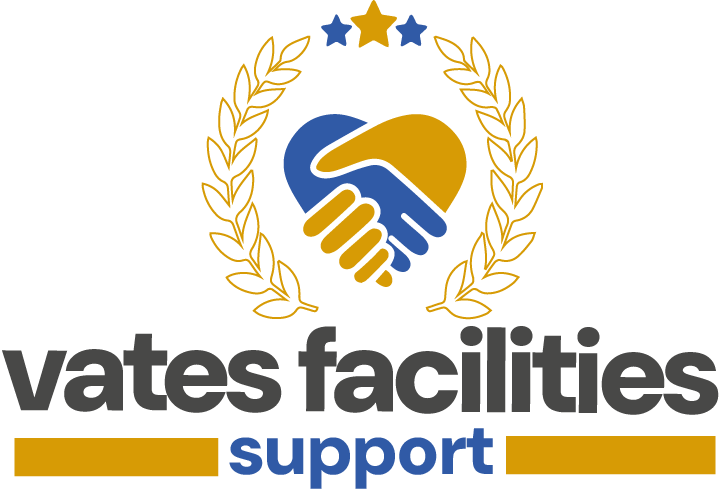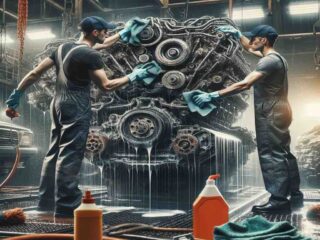Mastering Facility Maintenance: Advanced Cleaning Strategies and Innovations for Today’s Facility Managers
In facility management, maintenance, and cleaning are not merely routine tasks but foundational elements that ensure operational efficiency, safety, and a positive perception of the business environment. As we move forward, integrating advanced cleaning strategies and technological innovations is revolutionizing this essential service. This article delves into the modern methodologies reshaping facility maintenance, underscoring the importance of adapting to these changes for today’s facility managers.
Understanding Modern Facility Maintenance
The concept of facility maintenance has evolved significantly from reactive measures to proactive, strategy-driven approaches. Traditional practices often focused on immediate fixes and standard cleaning procedures. In contrast, modern methodologies embrace a holistic view, emphasizing preventative measures, sustainability, and efficiency. Modern facility maintenance encompasses a wide range of activities beyond cleaning—from ensuring the proper functioning of HVAC systems to implementing advanced energy management strategies. Thus, the role of facility managers has expanded, requiring them to not only oversee these diverse tasks but also integrate innovative solutions that enhance building performance and occupant satisfaction.
Industry-Specific Cleaning Requirements
Facility maintenance demands vary significantly across different industries. For instance, healthcare facilities prioritize sterilization and infection control, manufacturing plants focus on machinery upkeep and safety, and food processing facilities adhere to strict hygiene standards. Understanding these specific requirements is crucial for developing effective cleaning strategies. For example, using EPA-approved disinfectants is a standard practice in healthcare to prevent the spread of infections. Industrial-grade degreasers and lubricants might be central to a manufacturing plant’s maintenance routine. Case studies across various sectors highlight the success of tailored strategies. A hospital implementing UV-C light disinfection, a manufacturing site using automated cleaning systems for machinery, or a food processing plant employing organic, non-toxic cleaning agents each demonstrate how industry-specific solutions enhance safety, efficiency, and compliance.
Environmental Considerations and Sustainability
Sustainable practices are increasingly becoming a cornerstone of facility maintenance. Eco-friendly cleaning practices contribute to a healthier environment and support the well-being of building occupants and the community at large. The selection of sustainable products—such as biodegradable cleaners, microfiber cloths, and low-impact machinery—reflects a commitment to green initiatives. Implementing these practices can pose challenges, including higher upfront costs and staff retraining, but the long-term benefits for the environment and public health are substantial.
Safety and Health in Facility Maintenance
The link between clean, well-maintained facilities and the safety and health of occupants is undeniable. Effective cleaning practices reduce the risk of accidents, such as slips and falls, and mitigate the spread of diseases, which is especially critical today. Facility managers must stay informed about the latest safety regulations and health standards, ensuring that their practices are compliant and that their teams are adequately trained. This involves regular safety drills, clear communication of safety protocols, and the adoption of best practices, such as adequately labeling and storing cleaning chemicals. By understanding and implementing these advanced strategies and adhering to industry-specific and environmental standards, facility managers can lead their teams to achieve cleanliness, safety, sustainability, and efficiency in their operations.
Innovations in Cleaning Technologies and Equipment
The landscape of facility maintenance is constantly evolving, with technological advancements leading the way. Robotic cleaners and drones represent the frontier in modern cleaning, offering unparalleled efficiency and effectiveness. These tools transform how facilities approach maintenance tasks, from routine cleaning to in-depth inspections. Evaluating the effectiveness of new cleaning equipment is vital. Facility managers must consider cost, efficiency, adaptability, and overall impact on operations. By conducting trial runs and analyzing performance metrics, managers can make informed decisions about integrating these technologies. Furthermore, incorporating new technologies into existing cleaning protocols requires a strategic approach. Training staff, adjusting schedules, and updating maintenance plans are essential to ensure a seamless transition and maximize the benefits of these innovative tools.
Chemical Management and Cleaning Solutions
Effective chemical management is crucial for safe and efficient facility cleaning. Best practices include proper storage, labeling, and usage of cleaning agents to prevent accidents and ensure environmental compliance. Facility managers should focus on selecting suitable cleaning agents for specific tasks, considering factors such as surface material, level of contamination, and safety requirements. Case studies demonstrate successful chemical management systems in various industries, offering insights and practical solutions for facility managers. These examples can guide implementing or updating chemical management protocols in your facility.
Implementing Advanced Cleaning Techniques
Advanced cleaning techniques, such as deep cleaning, odor control, and waste management, are essential for maintaining a high standard of cleanliness and safety. Facility managers should develop comprehensive training programs to equip staff with the knowledge and skills required to execute these techniques effectively. Creating a detailed cleaning schedule that incorporates new strategies and technologies is crucial for organized and efficient operations. This schedule should be adaptable, allowing for adjustments based on the facility’s evolving needs and circumstances.
Quality Control and Continuous Improvement
Quality control in facility maintenance involves establishing metrics and KPIs to assess cleaning effectiveness. These indicators help identify areas for improvement and ensure consistent standards are met. Regular audits and inspections are key to maintaining high standards in facility cleanliness. These evaluations provide valuable feedback, enabling facility managers to address issues promptly and efficiently.
Continuous improvement is an ongoing process, requiring facility managers to stay informed about industry trends and innovations. By adopting a proactive approach, facilities can enhance their cleaning practices, ensuring they remain practical and relevant.
Effective Communication and Staff Engagement
Clear communication within facility maintenance teams is not just important; it’s essential. It ensures that everyone knows their roles, understands the procedures, and recognizes the significance of their contributions to cleanliness and safety. Engaging staff goes beyond mere instructions; it involves motivating them to uphold high standards and take initiative. Tools and strategies like regular meetings, digital communication platforms, and feedback systems can enhance team collaboration and ensure everyone is aligned with the facility’s goals.
Planning for the Future: Scalability and Adaptability
The world of facility maintenance is ever-changing. Preparing for future challenges means creating adaptable strategies that can evolve as the facility’s needs change. This scalability ensures that cleaning operations can expand or shift focus seamlessly without compromising on quality or efficiency. Staying ahead requires facility managers to be proactive, keeping abreast of industry trends and innovations and incorporating them into their practices to remain competitive and effective.
Conclusion
Throughout this guide, we’ve explored various advanced cleaning strategies and innovations crucial for modern facility managers. From embracing eco-friendly practices and ensuring safety and health to adopting new technologies and managing chemicals effectively, these strategies are designed to elevate your facility maintenance to the next level. As a facility manager, you’re tasked with a significant responsibility: maintaining a safe, clean, and welcoming environment. Implementing these advanced strategies improves your facility’s operational efficiency and contributes to a healthier, more productive workplace.
We encourage all facility managers, including those at VATES Facilities Support WLL Bahrain, to integrate these innovative solutions into their maintenance routines. By doing so, you ensure your facilities remain at the forefront of cleanliness, safety, and efficiency. If you’re ready to transform your facility management practices and embrace these cutting-edge cleaning strategies, VATES Facilities Support WLL Bahrain is here to help. Contact us today at sales@vfsupport.com or visit our website at vfsupport.com to learn how our expert services can meet your facility’s unique needs. Let’s work together to create a cleaner, safer, and more sustainable environment. Take the first step towards a superior facility maintenance regime with VATES Facilities Support WLL Bahrain – where excellence meets innovation.



Leave a Reply